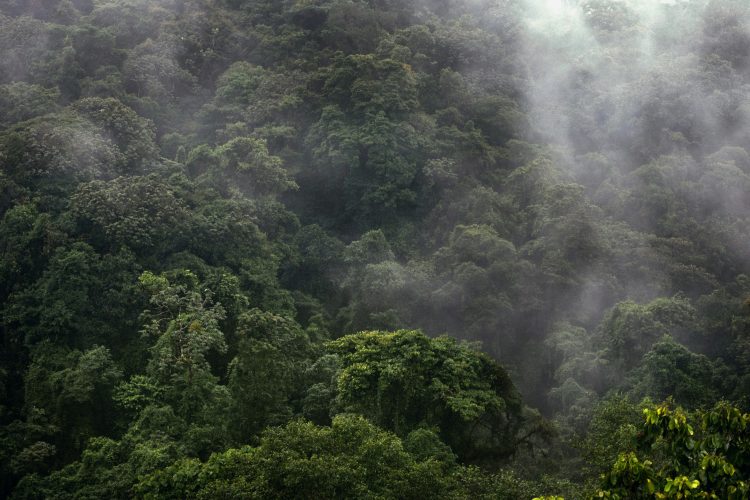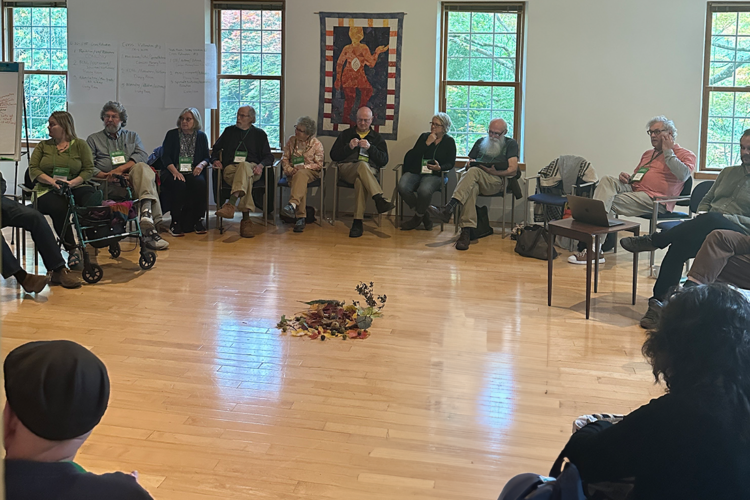Soot

Cleaning up soot is the perfect counter example to the outdated concept that we have to choose between slowing climate change and economic development. Do you want to dump your despair about climate change along with getting rid of all that black smoke? The story is told with unusual wit and charm by Jonathan Mingle in his recent (2015) book about black carbon and the people of Ladakh, Fire and Ice: Soot, Solidarity and Survival on the Roof of the World.
Black carbon is formed when carbon-based fuels (wood, dung, coal, oil, and gas) are burned inefficiently. If the fire isn’t hot enough or there isn’t enough oxygen, there will be a plume of dark smoke filled with unburned particles. Even worse, open fires are extremely poor at delivering heat where it is needed, requiring more fuel and producing more smoke. The result is that current practices put harmful particles in our lungs and excess CO2, methane, and other greenhouse gases in the atmosphere.
Mingle explains that black carbon has been underestimated as a contributor to climate change, which is bad news. The silver lining, however, is that unlike CO2, which takes decades if not centuries to be removed from the atmosphere, when we reduce black carbon emissions, the effect is immediate and occurs right in the same neighborhood where it originated. As an added benefit, cleaning up black carbon will have
significant local health benefits.
By simultaneously reducing black carbon along with CO2 and other greenhouse gas emissions, there will be an immediate effect from the black carbon reductions, buying us much-needed time to get our CO2 emissions under control. Reducing CO2 in the atmosphere has been compared to turning around an oil tanker—there is significant lag time between making the changes and the atmospheric response. Reducing both black carbon and greenhouse gasses simultaneously gives us both an immediate response to the worst of the impacts of climate change we are seeing now (for example, melting glaciers) and buys us vital time to avoid some of the truly catastrophic impacts that runaway greenhouse gasses could cause (such as melting all of Greenland).
More good news and bad news: black carbon is responsible for many of the detrimental health impacts we see, such as respiratory problems and asthma. Reducing black carbon to mitigate climate change will at the same time improve our health.
Even more good news, much of the technology that could be used to reduce black carbon, such as efficient cook stoves and passive solar, will provide jobs and decentralize energy sources. In Ladakh, villagers are building homes with compressed earth bricks and passive solar instead of burning wood and dung in open fires to heat drafty houses. They are also electrifying with solar instead of using kerosene for lighting. In Kathmandu, efficient cook stoves are replacing open fires (both burn wood or dung with vastly different rates of efficiency and smoke). In rural India, solar micro-grids are replacing sooty (and dangerous) kerosene for lighting and phone charging. The biggest impediment to implementing these technologies is financing them.
Some policy folks are concerned that time spent on reducing black carbon is time taken away from limiting CO2 emissions, the elephant in the room that requires long-term radical reductions with a long lag-time to see results. Current thinking, however, is that the situation requires both happening simultaneously. Sonam Wangchuk, a Ladakhi inventor featured in this book, describes reducing black carbon as “win, win, win, win” because serious reductions will improve healthy air indoors and out, thus increasing longevity and well-being immediately; support the development of local technologies and micro-grids; and lessen climate change.
“Ice doesn’t care about politics or ideology—it just melts.”
This book left me challenges, but also with hope based on our creativity and our strength of community to surmount the challenge of climate change.

